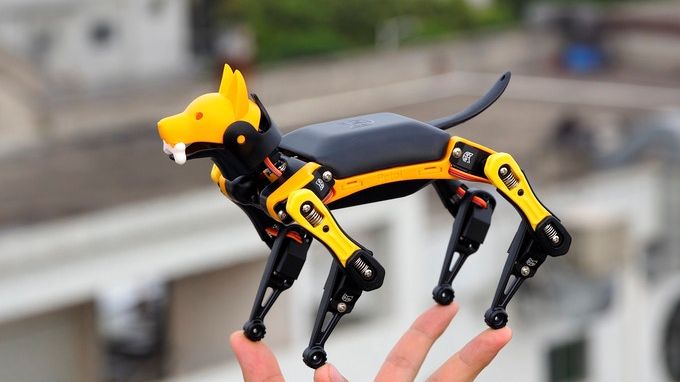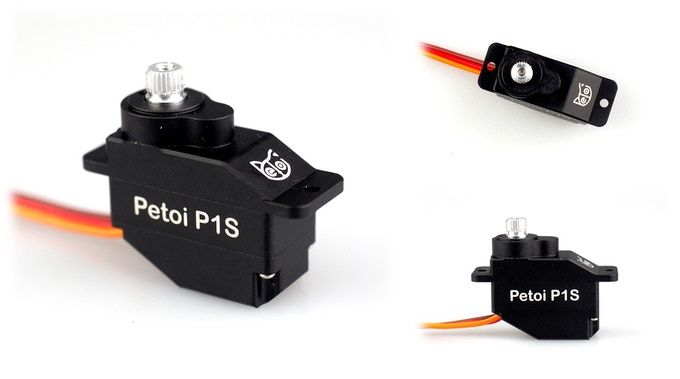
If you’ve always dreamed of making your own robot or love the STEMI Hexapod bot but never had the technical know-how to do so, then boy do I have just the robotic dog for you.
The Bittle may not be the giant, Gundam-sized mech of your dreams, but it’ll definitely get you started in the field of robotics. The second project of Petoi, the creators of the open-source robotic cat Nybble, this four-legged robot dog requires you to assemble the body, program its systems, and hopefully share what you have created with other Bittle owners.
Building the Body Frame
Assembling the body requires you to interlock the different 3D printed parts. These symmetrical parts have as little screws as possible and have simple, color coded patterns to make assembling the physical body much easier. Once completed, your robot dog will measure 20cm x 11cm x 11cm and weight less than 280g
I’m sure some of you will ask how much damage this toy can take, and the answer is not much. Though the Bittle’s 3D printed parts have incorporated high strength injection mold plastic to help it with falls, collisions, and allow it to carry up to 450g weights under its belly, it is still a fragile little robot dog and must be treated with care (as you should treat all your robot pets).
The Actuator, The Battery, and The Camera

Nine P1S servos actuate the Bittle and provide its movement capabilities. These small but quick servos have a controllable angle of 270°. Eight of the servos are attached to the Bittle’s legs for walking, while the final servo is located in its neck so it can pan its head in different directions.
To help the Bittle “see”, an intelligent camera running on an ESP32 dual-core processor with visual recognition algorithms is placed on the dog’s face. With it, the robot can recognize patterns, objects, and movement at a rate of 25-50fps. You can even see what it sees by streaming the video feed through WiFi.
Before gettinng to the electronics, take note that the robot runs on a customized Lithium-ion battery located on Bittle’s belly. The power pack has a slide-in installation and anti-reverse plug for easy battery swapping. With the battery installed, the Bittle can walk non-stop for at least an hour before needing a recharge.
Read the rest on SolidSmack

